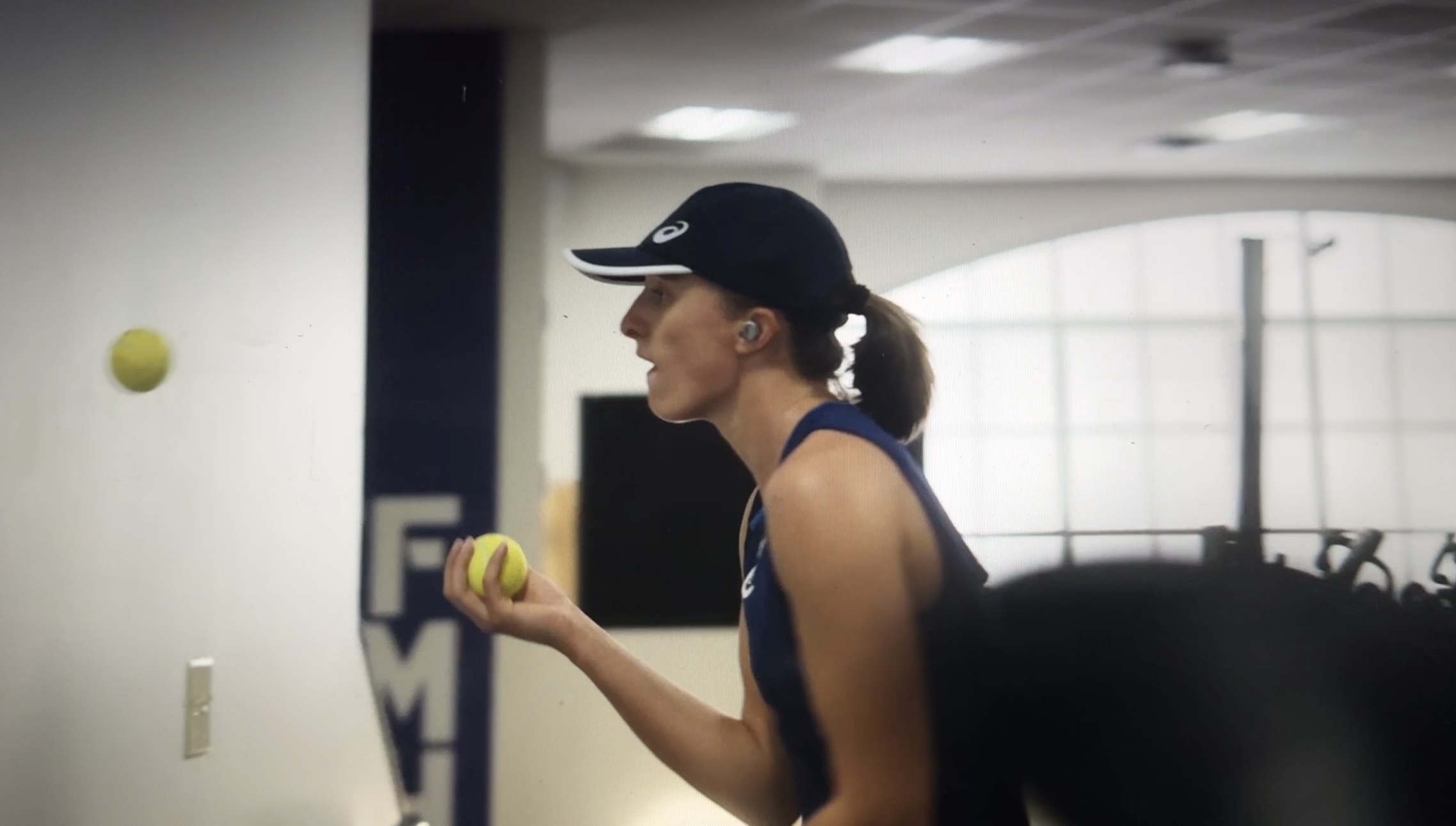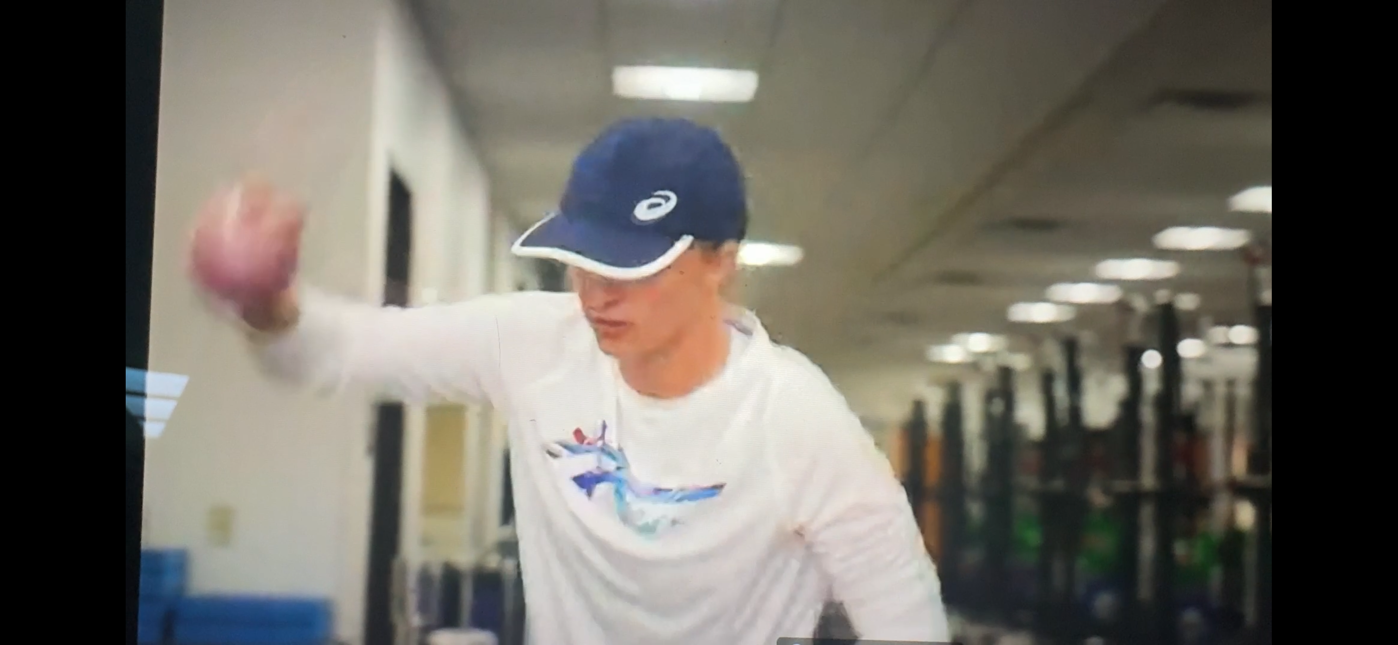In Season 1 Episode 8 of the recently canceled Netflix tennis docuseries “Break Point,” Iga Swiatek is shown preparing for a match at the US Open by performing footwork agility drills. Her dominance of women’s tennis is usually attributed to her lethal forehand. However, there is an argument to be made that her court coverage may be what actually provides her with a decisive edge.
Thanks to Netflix, we have video evidence that Swiatek spends time working on her fast feet. In this case, she is shown weaving in and out of a line of cones using extremely small steps. That is not a specific functional movement made on the court. However, the quick change of direction and small adjustment steps are a fundamental part of stroke production. Swiatek plays so well not only because she gets to so many balls but also because she consistently arrives in a position to hit an aggressive shot.

Later in the same sequence, Swiatek is shown performing side-to-side shuffles. Her fitness coach provides her with auditory cues on when to change direction. An alternative variation for solo work could be using cones to mark off where to change direction.

This second movement is more directly analogous to on-court functional movement. This is the side-to-side footwork pattern when a player is recovering position for the imminent return of a shot, such as reflex volleys when both players are at the net.
Many fitness books recommend this type of training to improve speed and agility, and it is a frequent staple used in a variety of sports. Maneuvering around cones provides structured external stimulation to the movement. Additionally, the cone patterns can be set up to require motion across multiple planes —forward, backward, laterally, and rotationally—all of which are important for tennis.
Using cones isn’t an absolute requirement for this type of training, but some form of pattern marker greatly enhances the effectiveness. Every once in a while, I see a player using tennis balls to perform this drill. I think that is a fundamentally bad idea because stepping on one could cause serious ankle injury.
For that reason, I prefer small flat cones like the one Swiatek is using for this purpose. They are a small, portable, and safer option.

Agility Training Cones (<-Sponsored Link)
Regardless of where you are in your competitive tennis journey, incorporating agility training using cones can make a significant difference in your on-court performance. Honing the ability to change direction swiftly, maintain balance, and react with precision can elevate your game to new heights. Iga Swiatek is already there… yet she still uses this foundational training technique. You should, too.
Fiend At Court participates in the Amazon associates program and receives a paid commission on any purchases made via the links in this article. Details on the disposition of proceeds are available on the “About Fiend at Court” page.



